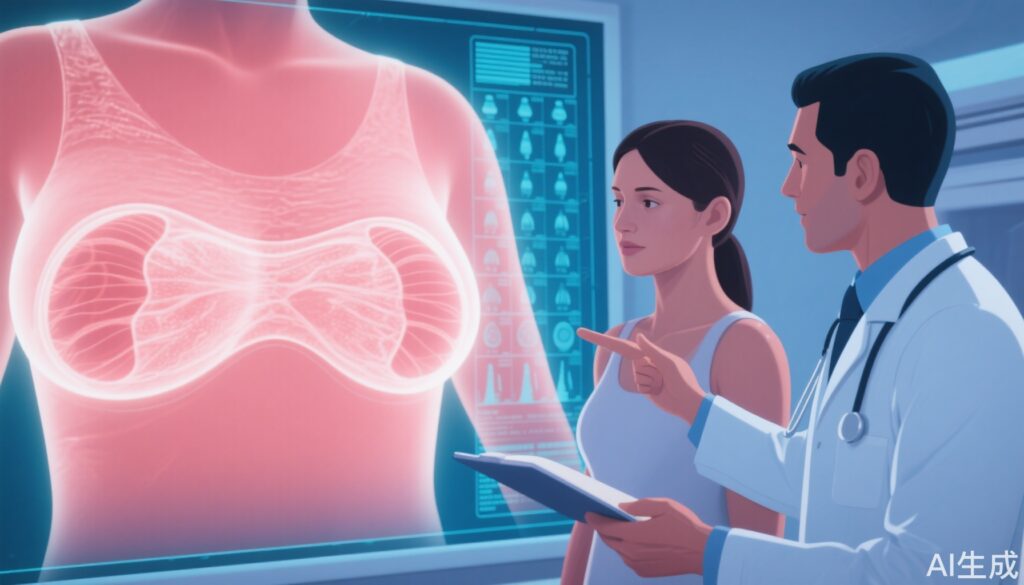Introduction
Breast nodules are a common concern among women, often sparking fears of a potential link to breast cancer. With rising awareness of breast health, understanding the nuances of breast nodules and their implications is crucial for both patients and healthcare providers. This article delves into the scientific and clinical aspects of breast nodules, their relation to breast cancer, and practical approaches for management.
Understanding Breast Nodules
Breast nodules are lumps or masses that form within the breast tissue. They can vary in size, shape, and texture, and are generally categorized into two types:
1. Benign Nodules
Benign nodules, such as fibroadenomas, cysts, and ductal ectasia, are the most common types. These are non-cancerous and typically do not pose a direct threat of evolving into cancer. However, regular monitoring is recommended to detect any changes.
2. Malignant Nodules
Malignant nodules indicate breast cancer. These nodules are usually hard, irregular in shape, and may be accompanied by symptoms like skin changes or discharge. Early detection and intervention are critical for such cases.
Risk Factors for Breast Cancer
Several factors may increase the likelihood of a benign nodule progressing to malignancy or the development of cancer directly:
– **Family History:** A genetic predisposition significantly raises risk levels.
– **Age:** Risk increases with age, particularly post-menopause.
– **Hormonal Changes:** Elevated estrogen levels can affect breast tissue.
Diagnostic Tools
Modern medicine offers robust diagnostic methods to evaluate breast nodules:
– **Imaging Techniques:** Mammography, ultrasound, and MRI help in identifying nodule characteristics.
– **Biopsy:** For uncertain cases, a biopsy provides detailed cellular analysis.
Misconceptions about Breast Nodules
It’s essential to debunk myths surrounding breast nodules:
– **Not all nodules are cancerous.** The majority are benign and manageable.
– **Self-diagnosis is insufficient.** Professional evaluation and imaging are necessary.
Correct Health Practices
Women should adopt proactive measures for breast health:
– **Regular Self-Exams:** Monthly self-examinations help in detecting abnormalities early.
– **Scheduled Screenings:** Annual mammograms are advised for women over 40 or those at high risk.
– **Healthy Lifestyle:** Balanced nutrition and exercise play a vital role in reducing risks.
Expert Recommendations
Healthcare professionals emphasize:
– **Timely Consultation:** Any abnormality warrants immediate medical attention.
– **Individualized Care:** Treatment plans should be tailored based on the patient’s medical history and risk factors.
Patient Scenario
Consider Jane Doe, a 45-year-old woman with a family history of breast cancer. Upon discovering a lump during a self-exam, she consults her physician. Imaging reveals a benign nodule, and the doctor recommends regular monitoring and a healthy lifestyle. Jane’s proactive approach exemplifies effective breast health management.
Conclusion
While breast nodules can be alarming, understanding their nature and adopting correct practices can alleviate fears and promote health. Regular screenings, awareness, and professional guidance are indispensable in managing breast health effectively.
References
– American Cancer Society guidelines
– Published studies on breast health and diagnostic practices
– Patient education resources from WHO



